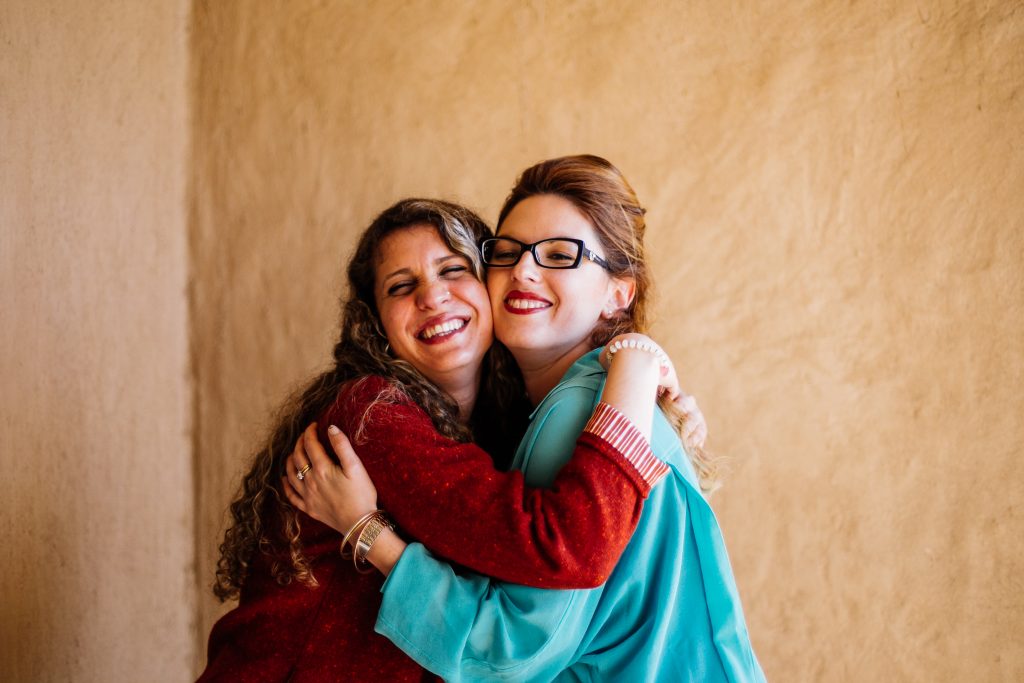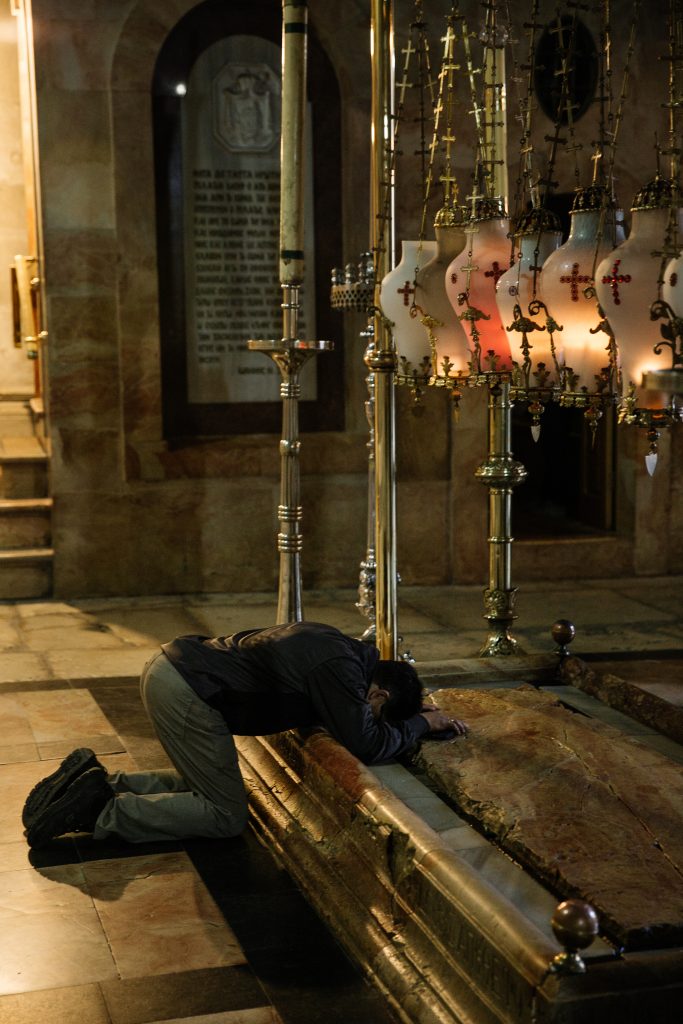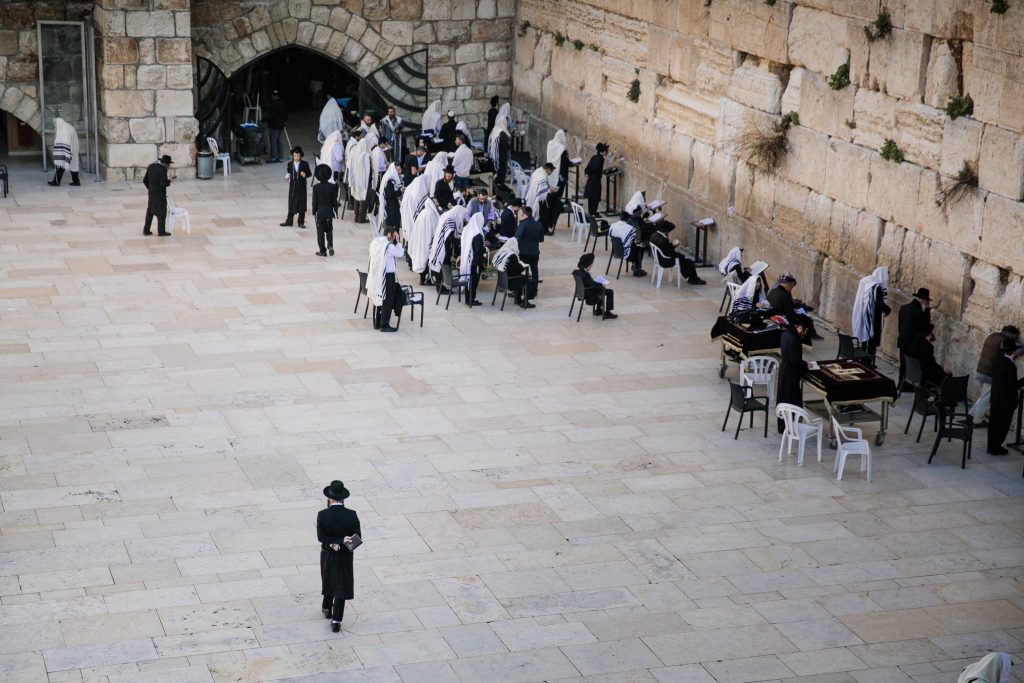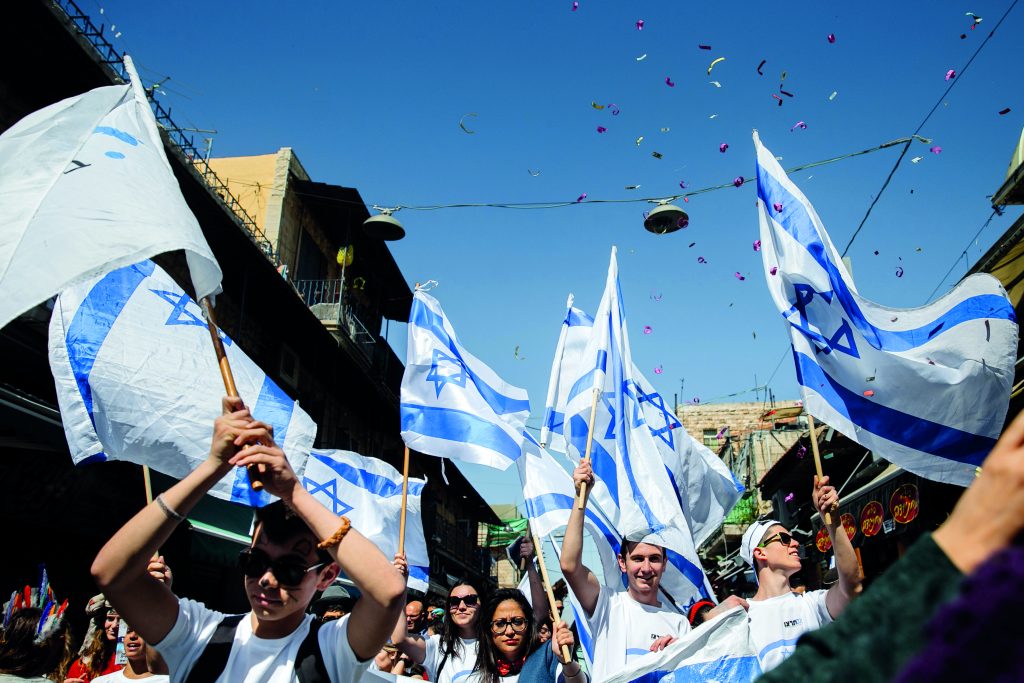
Seeds of Peace educates and inspires youth from around the world to transform conflict – sowing unlikely friendships in the midst of political turmoil
Text Christine Hogg
Photos Maggie Svoboda
Two years ago, while in Amman for a two-week workshop with organisation Photographers Without Borders, Maggie Svoboda took an image that, to the average onlooker, appeared to be nothing out of the ordinary.
In the photograph, two women – named Ruba and Alina – are locked in an affectionate embrace, beaming at the camera. What Svoboda’s portrait of friendship did not reveal at first glance is the politically-charged back story: one woman is Palestinian, and the other is Israeli.

Locked in political dispute since the early 20th century, Palestinians and Israelis have raged a series of wars against one another in the fight for separate, independent control of this contested territory. Heightened tensions from Arab Muslims and Jewish civilians who reside in such close living quarters have bred a long history of violence.
Civil wars have ravaged the territory: the 1948 Arab-Israeli war, and the Six-Day War of 1967, which concluded with Israel occupying two critical landmasses, the West Bank and the Gaza Strip.
Many Jewish minority communities were exposed and subsequently displaced within Palestinian-occupied neighbourhoods. The ancient Palestinian city of Hebron in the landlocked West Bank is the only city where Israeli citizens live in relative peace alongside Palestinians. It is currently under Israeli control.
Despite being pitted against one another for decades, Svoboda’s sunny portrait suggests that many young Palestinians and Israelis are ready for change.
Enter Seeds of Peace, a not-for-profit initiative with a network of more than 6,400 alumni scattered throughout the Middle East, South Asia, Europe, and North America.
The organisation works tirelessly to educate and inspire youth from around the world to transform conflict. Peace is the collective goal.

A worshiper bows in the Church of the Holy Sepulchre in Jerusalem’s Christian quarter. He kneels at the rock that is said to have held the body of Jesus Christ. (Photo © Maggie Svoboda)
The vision of Seeds of Peace is simple: Equip young people with the technical skills and relationship- building capacities they need to disengage from politically-charged stereotypes that promote violence in conflict zones. Most Seeds of Peace participants begin the process by attending a summer camp in Maine, in the northeastern US.
After a competitive process, only four to six percent of applicants are selected. All selected individuals must be citizens of a country in conflict. Upon graduating from the camp, attendees acquire alumni “Seed” status and become well-positioned, adult changemakers in their communities and cultural spaces.
“The programme at the Seeds of Peace camp is centred around daily dialogue encounters that are organised by conflict region,” explains Eric Kapenga, a camp counsellor at Seeds of Peace. “For 110 minutes each day, they engage each other directly, tackling the most painful and divisive issues defining their conflict, sharing their personal experiences, reflecting on competing narratives, and challenging each other’s prejudices.”
By providing a space for people to meet in a neutral environment, they have an opportunity to generate ideas that can catalyse change. No subject is off-limits. They discuss topics ranging from war and military occupation to suicide bombings, gender, refugees, the Holocaust and immigration.
“The immediate goal of camp dialogue is not agreement or consensus, and there is no expectation that campers adopt or even embrace each other’s viewpoints,” Kapenga explains. “Through dialogue, campers reflect on their own identities and gain insights into the dynamics that perpetuate conflict. In doing so, they lay the groundwork necessary for exploring and addressing these dynamics through local Seeds of Peace programmes once they return home.”
In 2015, Seeds of Peace unveiled a new initiative called “Gather”, which is a five-day conference with the task of investigating new solutions for unified progress. “Seeds of Peace’s programme in Jordan marked the launch of our initiative to spark locally-rooted efforts to change the status quo,” Kapenga says.
“We convened over 200 changemakers from more than 20 countries in Jordan to focus on the roles that business, entrepreneurship, media, technology and gender play in social change,” he adds.
Svoboda elaborates: “Gather was a place where people who had big ideas could find practical ways to put them into action to have an impact on communities typically in conflict.” By bringing people together who would not normally have the chance to meet – and could possibly continue their lives as enemies – a natural shift took place, simply from listening to and learning from one another, she explains.
Of the 100 year-round projects and over 40 peace-building initiatives staffed by Seeds of Peace alumni across the globe, they all share a common goal. They are designed to build empathy and respect in order to shift deeply ingrained attitudes and perceptions in countries in conflict. The key to the organisation’s success is, in part, owing to their approach: They remove young adults from social constructions of their reality, before concrete ideologies take root.

The Western Wall in the Old City of Jerusalem is a holy site where many Jews come to pray. The wall separates people by gender, with men on one side, and women on the other. (Photo © Maggie Svoboda)
Young people from opposing nations often experience political conflict for the first time through class instruction that is riddled with historical inaccuracies. Ayyaz Ahmed is a Pakistani youth who attended the Seeds of Peace programme as a teenager. His early experiences with Seeds of Peace allowed him to meet people from India for the first time.
Much like the Israeli-Palestinian conflict, the Indo-Pakistani conflicts have created hostile relations between both countries, and citizens of each country are almost expected to harbour contempt for one another.
Now working in the publishing industry, Ahmed credits Seeds of Peace for giving him the confidence to work amicably amongst other cultures as an adult. “The Seeds of Peace experience wasn’t an overnight shift in perspective, but more along the lines of expanding one’s vision and showing possibilities that perhaps weren’t clear earlier,” Ahmed says. “Suddenly, the world was far bigger than I had ever realised.”
Since 2001, Seeds of Peace has been working in South Asia to inspire and cultivate exceptional leaders in Pakistan, India, and Afghanistan.
“Our longest-running programmes in South Asia are the interfaith camps that bring together teenagers of various religious communities to explore the differences and similarities in their beliefs, and to dispel misconceptions and stereotypes,” Kapenga says. “We currently have over 500 alumni from India, Pakistan, and Afghanistan. Thousands more have participated in, or benefitted from, our local programmes on the ground in the three countries. Our alumni are actively working to transform conflict in and between their countries, leading initiatives in education, media, business, and other sectors that leverage their unique relationships and skills to create economic, social, and political change.”

Developments in social media and the rise of citizen journalism has cultivated a far-reaching digital network that allows cultural demographics all over the world to digest content.
No longer suspended in an insulated bubble, nations caught in the midst of political conflict are thrust into the spotlight, and anybody can access information and interact through these online channels.Individuals who may have never come into contact because of political circumstances can now take part in discussions over the Internet, too.
Related: New Stream of Life
Related: India’s Pink War
Related: Foundation for Peace and Development
That being said, face-to-face dialogue remains important. As such, Seeds of Peace has recognised the value of actively mobilising a younger generation who are ready to change deeply ingrained attitudes and perceptions so that hatred and ignorance does not continue to
take root.
By developing leaders who can make a positive impact in their communities, the hope is that the next generation will instigate transformation within their country – towards peaceful resolution.
For more stories and photographs from this issue, see Asian Geographic Issue 126, 2017










